OPOD - Rare in Europe
OPOD - Rare in Europe: Exploring the Circumhorizon Arc
The mesmerizing atmospheric phenomenon known as the circumhorizon arc (CHA) is a sight to behold. However, its occurrence is relatively rare in Europe, making it a special and captivating event for those fortunate enough to witness it. This optical marvel requires the sun to be positioned higher than 58°, which typically happens only around the summer solstice in mid to northern Europe. As a result, the CHA can only be observed for a few days or weeks during this period.
To catch a glimpse of the circumhorizon arc, one should turn their attention to the sky around noon, just below the sun and near the horizon. This is when the conditions are most favorable for its appearance. The CHA exhibits vibrant colors and a distinctive shape, resembling a large, horizontal rainbow stretching across the sky. Its vivid hues and remarkable form make it an awe-inspiring spectacle for sky enthusiasts and photographers alike.
The dates of visibility for the circumhorizon arc vary each year, aligning with the sun's position in relation to the Earth. Although it is challenging to predict the exact dates in advance, keeping an eye on the sky during June and early July can increase the chances of witnessing this breathtaking phenomenon. Patience and vigilance are key when seeking out these rare atmospheric events.
The circumhorizon arc is not the only optical wonder that can be observed in the skies of Europe. Another captivating sight is the presence of rainbows in Iceland. Bill Belko, an avid photographer, captured a stunning image of a double rainbow formed by the low Icelandic sun. The primary bow, brighter and closer to the center, results from a single reflection inside raindrops. Its vibrant colors are visible at the edge of the bow, where different wavelengths of light no longer overlap.
On the other hand, the outer secondary bow, slightly dimmer than the primary bow, is formed by light that has been reflected twice within the raindrops. This secondary bow reverses the order of colors and adds a touch of brightness to the sky outside. Interestingly, there is a dark band known as Alexander's dark band between the primary and secondary bows, where no light enters, creating a stark contrast in the sky.
Photographing rainbows can be a challenging endeavor, often requiring photographers to endure wet conditions. However, the results are undoubtedly worth it, as these images capture the magic and beauty of these natural phenomena. Bill Belko's photograph serves as a testament to the incredible intricacies and visual splendor found within rainbows.
In conclusion, while the circumhorizon arc may be a rare sight in Europe, its appearance during the summer solstice offers a unique opportunity to witness this extraordinary atmospheric phenomenon. By keeping track of the sun's position and being patient, sky gazers may be rewarded with the captivating display of the CHA. Additionally, Iceland's low sun creates breathtaking rainbows, which add further allure to the European skies. So, keep your eyes on the heavens and embrace the wonder that awaits within our atmosphere.
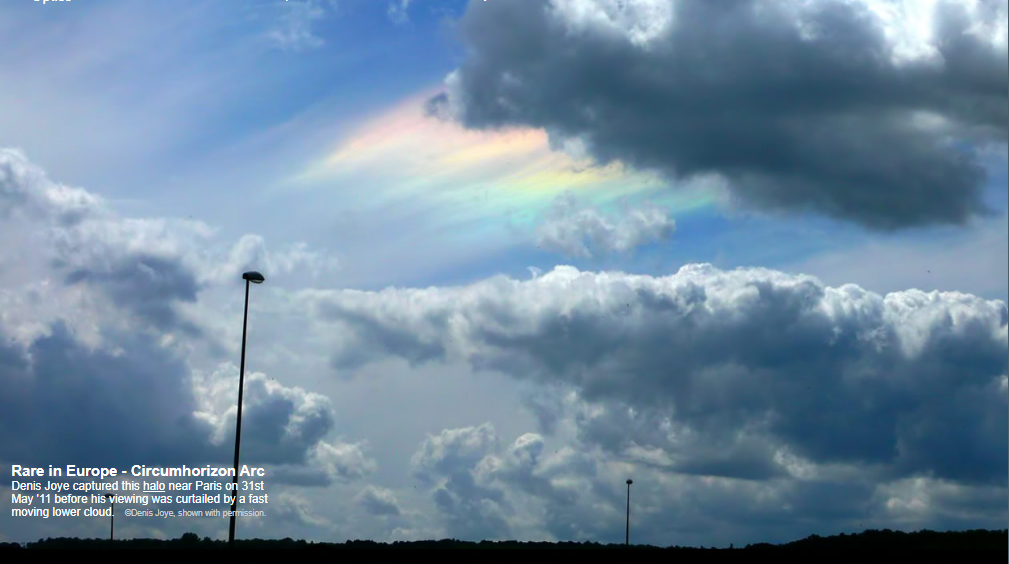
Rare in Europe - Circumhorizon Arc
Denis Joye captured this halo near Paris on 31st May '11 before his viewing was curtailed by a fast moving lower cloud. ©Denis Joye, shown with permission.
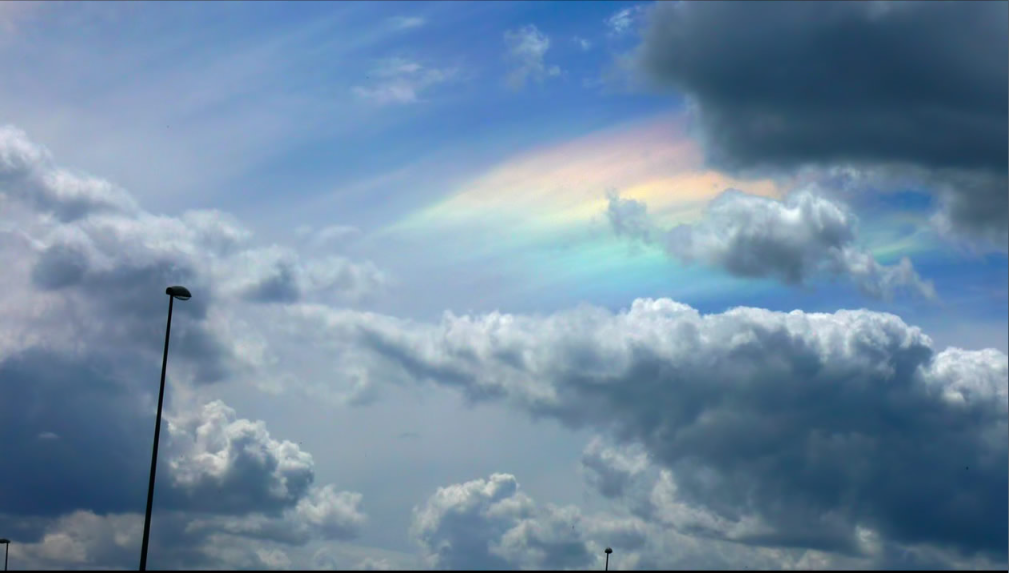
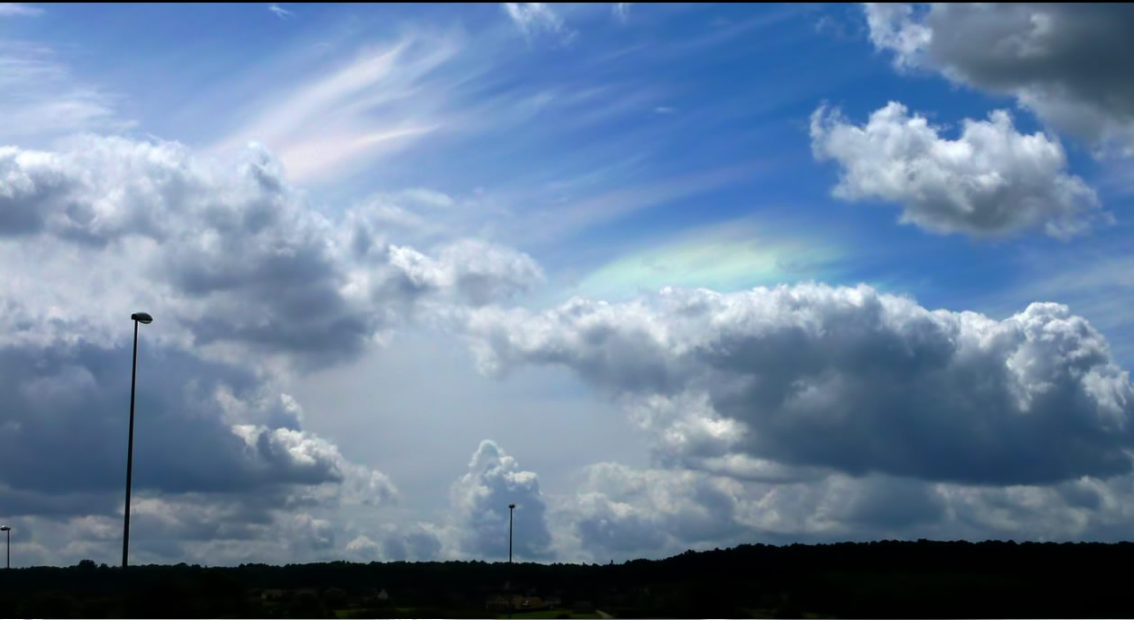

The circumhorizon arc (CHA) needs the sun higher than 58° which in mid to northern Europe means that it can only be seen for a few days or weeks around the summer solstice.
In June and early July check daily around noon below the sun and near the horizon.
Dates of visibility.
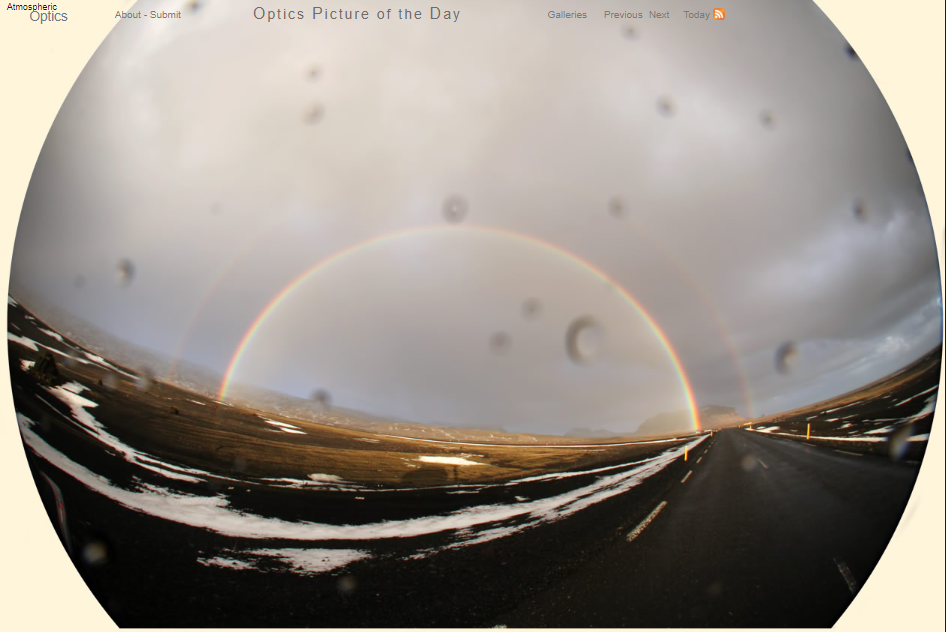
Iceland Rainbows ~ Bill Belko caught this double bow produced by a low Icelandic sun. His shadow, marking the antisolar point, is visible at the bow centres. ©Bill Belko, shown with permission.
The image shows many aspects of rainbows not to mention that photographing them involves getting wet. The inner and brighter primary bow is from a single reflection inside the raindrops. Its light forms a disk brightening the sky inside, we see colours only at its edge where the disks of different wavelength no longer overlap. Light reflected twice forms the reversed coloured outer secondary bow and slightly brightens the sky outside. No light enters the gap between the bows leaving the sky there dark ~ Alexander’s dark band.
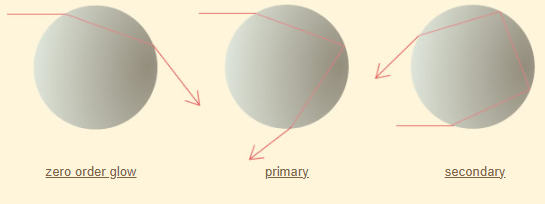
Note: this article has been automatically converted from the old site and may not appear as intended. You can find the original article here.
Reference Atmospheric Optics
If you use any of the definitions, information, or data presented on Atmospheric Optics, please copy the link or reference below to properly credit us as the reference source. Thank you!
-
<a href="https://atoptics.co.uk/blog/opod-rare-in-europe/">OPOD - Rare in Europe</a>
-
"OPOD - Rare in Europe". Atmospheric Optics. Accessed on April 19, 2024. https://atoptics.co.uk/blog/opod-rare-in-europe/.
-
"OPOD - Rare in Europe". Atmospheric Optics, https://atoptics.co.uk/blog/opod-rare-in-europe/. Accessed 19 April, 2024
-
OPOD - Rare in Europe. Atmospheric Optics. Retrieved from https://atoptics.co.uk/blog/opod-rare-in-europe/.